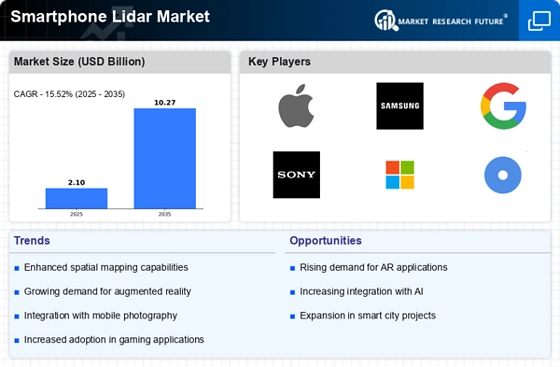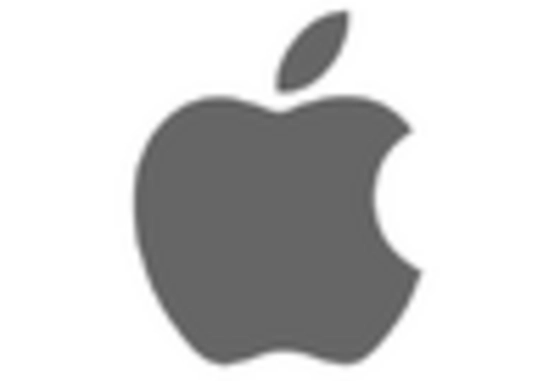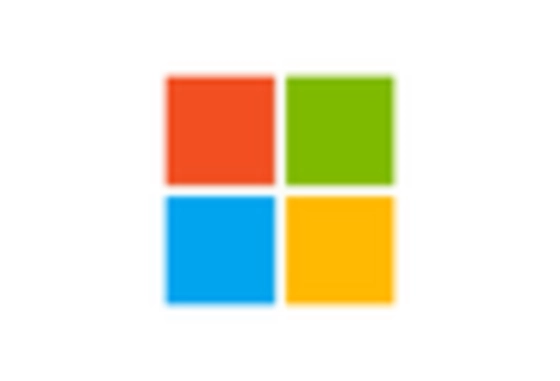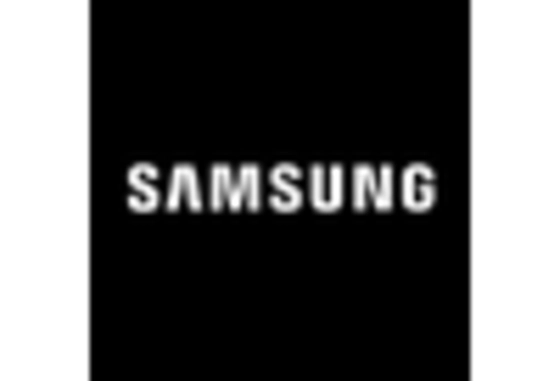Advancements in Lidar Technology
Technological advancements in Lidar systems are propelling the Smartphone Lidar Market forward. Innovations such as miniaturization and improved accuracy have made it feasible to integrate Lidar sensors into smartphones without compromising performance. Recent developments indicate that Lidar systems can now achieve higher resolution and faster scanning capabilities, which are essential for applications in various sectors, including automotive and robotics. The market is witnessing a surge in the adoption of these advanced Lidar technologies, with projections indicating a potential increase in market size by several billion dollars over the next few years. This trend suggests that as technology continues to evolve, the Smartphone Lidar Market will likely experience substantial growth.
Rising Demand for 3D Mapping Solutions
The increasing need for accurate 3D mapping solutions is a key driver in the Smartphone Lidar Market. As industries such as construction, real estate, and urban planning seek precise spatial data, the integration of Lidar technology into smartphones becomes more appealing. The market for 3D mapping is projected to grow significantly, with estimates suggesting a compound annual growth rate of over 20 percent in the coming years. This growth is likely to be fueled by advancements in Lidar technology, which allows for detailed and efficient mapping processes. Consequently, smartphone manufacturers are increasingly incorporating Lidar sensors to meet this demand, thereby enhancing the capabilities of their devices in the Smartphone Lidar Market.
Growing Interest in Smart Home Technologies
The increasing interest in smart home technologies is another significant driver for the Smartphone Lidar Market. As consumers seek to enhance their living spaces with smart devices, the demand for smartphones that can seamlessly integrate with these technologies is on the rise. Lidar-equipped smartphones can facilitate better home automation by enabling precise measurements and spatial awareness, which are essential for applications such as smart lighting and security systems. The smart home market is projected to grow substantially, with estimates suggesting a market size exceeding 150 billion dollars by 2025. This growth indicates that smartphone manufacturers are likely to focus on Lidar technology to cater to the evolving needs of consumers in the Smartphone Lidar Market.
Increased Adoption of Augmented Reality Applications
The proliferation of augmented reality (AR) applications is significantly influencing the Smartphone Lidar Market. As AR technology becomes more mainstream, the demand for devices equipped with Lidar sensors is expected to rise. Lidar enhances AR experiences by providing accurate depth perception and spatial awareness, which are crucial for applications in gaming, education, and retail. Market analysis indicates that the AR market is anticipated to reach a valuation of over 200 billion dollars by 2025, thereby driving the need for smartphones that can support these applications. Consequently, smartphone manufacturers are likely to prioritize Lidar integration to remain competitive in the Smartphone Lidar Market.
Enhanced User Experience through Improved Photography
The Smartphone Lidar Market is also driven by the demand for enhanced photography capabilities. Lidar technology allows for improved depth sensing, which can significantly enhance portrait photography and low-light performance. As consumers increasingly prioritize camera quality in their smartphones, the integration of Lidar sensors becomes a compelling selling point. Recent data suggests that the smartphone camera market is expected to grow at a rate of approximately 10 percent annually, indicating a strong consumer preference for devices that offer superior imaging capabilities. This trend suggests that smartphone manufacturers are likely to invest in Lidar technology to meet consumer expectations and remain competitive in the Smartphone Lidar Market.

















Leave a Comment